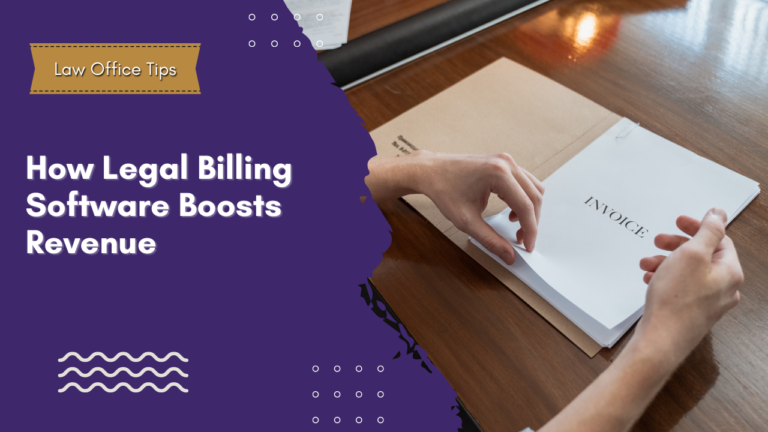Worker’s Compensation: What You Need to Know
Worker’s compensation is a crucial aspect of employment law that ensures employees receive adequate financial and medical benefits in the event of a work-related injury or illness. In this detailed article, we will delve into every aspect of worker’s compensation, empowering you with knowledge and understanding to navigate this domain with confidence.
Whether you are an employee seeking information on your rights or an employer striving to create a safe work environment, this guide is designed to be your ultimate resource.
What is worker’s compensation?
Worker’s compensation, also known as workers’ comp or workman’s comp, is a form of insurance that provides wage replacement and medical benefits to employees who suffer job-related injuries or illnesses.
The objective of this system is to protect both employers and employees by offering financial support to injured workers while safeguarding employers from potential lawsuits. Every state in the United States has its own worker’s compensation laws, but the core principles remain similar across the board.
Understanding how worker’s compensation works is crucial to knowing your rights as an employee. In general, this type of insurance provides the following benefits:
- Medical benefits – One of the primary benefits of worker’s compensation is access to medical treatment and care. Employees who sustain work-related injuries or illnesses can receive necessary medical attention, including doctor visits, hospital stays, surgeries, medications, and rehabilitation services.
This ensures that injured workers can focus on recovery without worrying about the financial burden of medical expenses.
- Income replacement – In cases where the injury or illness leads to a temporary or permanent disability, workers’ compensation provides income replacement benefits. This financial support helps replace a portion of the worker’s lost wages during the period they cannot work due to the incident.
The amount varies depending on the severity of the disability and the state’s regulations.
- Rehabilitation services – Worker’s compensation may also cover rehabilitation services aimed at helping injured employees recover and reintegrate into the workforce. These services can include physical therapy, vocational training, job placement assistance, and more.
Who pays for worker’s compensation?
Employers are responsible for funding worker’s compensation benefits. The insurance premiums are based on various factors, such as the nature of the job and the company’s claim history. Workers usually do not directly contribute financially to the worker’s compensation system. The cost of insurance is entirely borne by the employer, and it cannot be deducted from the employees’ pay.
Typically, worker’s compensation is designed to cover employees rather than independent contractors or freelancers. Employees are usually individuals who work under the direction and control of an employer, whereas contractors and freelancers work independently and are not considered direct employees.
However, some countries or states may have specific provisions that require certain employers to extend worker’s compensation coverage to contractors or freelancers under certain circumstances. It’s essential to check the local labor laws and regulations to determine whether freelancers and contractors are covered under worker’s compensation in a particular jurisdiction.
If you are a freelancer or contractor, it is crucial to understand your legal rights and protections concerning workplace injuries or illnesses. Consider consulting with a legal professional or your local labor department to get accurate and up-to-date information regarding worker’s compensation and your specific situation.
Does worker’s compensation cover pre-existing conditions?
In general, workers’ compensation does not cover pre-existing conditions. Workers’ compensation is designed to provide benefits to employees who suffer from work-related injuries or illnesses. Pre-existing conditions are medical conditions that existed before the work-related injury or illness occurred.
If a work-related injury aggravates or worsens a pre-existing condition, some jurisdictions may provide coverage for the aggravation or exacerbation. However, determining the extent of coverage can be complex and may vary depending on the specific circumstances and the laws of the relevant jurisdiction.
How to file a worker’s compensation claim
Filing a worker’s compensation claim can be a complex process, but understanding the necessary steps can significantly ease the burden. Here’s a detailed overview to help you get started:
1. Report the injury to your employer
The first step in filing a worker’s compensation claim is to report the incident to your employer as soon as possible. Failing to report the injury promptly might lead to complications or even denial of your claim. Ensure you inform your supervisor or human resources department, providing details about the accident and any injuries sustained.
2. Seek immediate medical care
Your health is of utmost importance. After reporting the incident, seek medical attention immediately, even if the injury seems minor. A comprehensive medical evaluation can uncover hidden injuries and create an essential record for your claim.
3. Document the injury
Keep detailed records of the accident, the injuries sustained, and any subsequent medical treatments. Documenting the incident can support your claim and serve as evidence if disputes arise during the process.
4. Consult with an attorney
While it’s possible to navigate the worker’s compensation process independently, consulting with an experienced attorney can be advantageous. An attorney can guide you through the legal aspects, ensure your rights are protected, and represent your interests if the claim faces challenges.
5. File the claim form
Your employer should provide you with the necessary claim forms. Complete the forms accurately and submit them to your employer or the workers’ compensation board within the designated time frame. Missing deadlines can jeopardize your claim’s success.
6. Follow up on your claim
Once your claim is submitted, follow up with your employer or the insurance company regularly to ensure it is progressing. Be proactive in providing any additional information they might need.
7. Understand your benefits
It’s essential to know what benefits you are entitled to under worker’s compensation. These benefits might include medical expenses, temporary or permanent disability payments, rehabilitation services, and vocational training if you are unable to return to your previous job.
8. Cooperate with insurer’s investigation
Insurance companies often conduct investigations to verify the claim’s legitimacy. Cooperate fully with their inquiries and provide any requested documentation to avoid delays in the process.
9. Consider a settlement
In some cases, a settlement might be offered instead of ongoing benefits. Before accepting any settlement, carefully evaluate its terms and consult with your attorney to ensure it’s fair and adequate for your needs.
10. Appeal if necessary
If your claim is denied or you disagree with the settlement offer, you have the right to appeal the decision. This is where having an experienced attorney can be invaluable in representing your case.
Conclusion
Worker’s compensation serves as a vital bridge between employers and employees, ensuring safety, security, and fairness in the workplace. Through this blog post, you are now better equipped to understand and navigate the complexities of this essential legal framework.
Accurate bookkeeping is essential to maintaining the profitability of your company. If you need help with expert bookkeeping services, our team is ready to help. Feel free to fill out the form below, and we’ll get in touch with you shortly.








